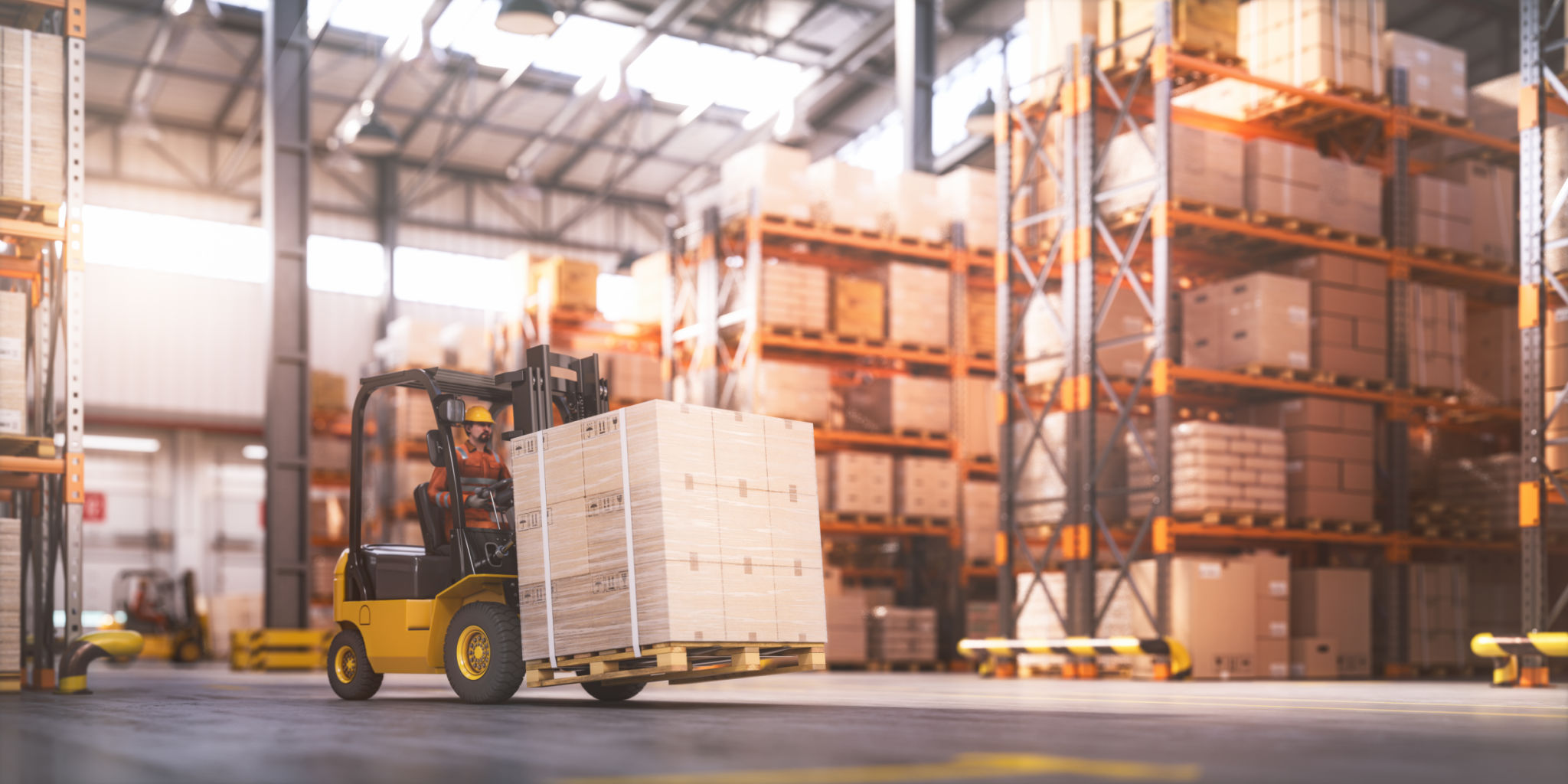Streamlining Warehouse-to-Store Logistics: Tips for Retailers
Understanding the Importance of Efficient Logistics
In today's fast-paced retail environment, efficient logistics play a crucial role in ensuring that products are available to consumers when and where they want them. Streamlining the journey from warehouse to store is not only vital for meeting customer demands but also for maintaining a competitive edge in the market. Retailers who master this aspect of their operations can achieve significant cost savings and enhance customer satisfaction.

Implementing Advanced Inventory Management Systems
One of the first steps in optimizing warehouse-to-store logistics is leveraging advanced inventory management systems. These systems allow retailers to maintain accurate stock levels, forecast demand, and automate reordering processes. By having a real-time view of inventory, retailers can reduce overstock and stockouts, ensuring that stores are always stocked with the right products.
Moreover, integrating these systems with point-of-sale data can provide deeper insights into consumer purchasing patterns, allowing for more precise inventory planning. This capability not only streamlines logistics but also helps in making data-driven decisions that can improve overall business performance.
Enhancing Communication Between Teams
Effective communication is key to successful logistics operations. Ensuring seamless communication between warehouse staff, store managers, and logistics teams can prevent costly errors and delays. Utilizing collaboration tools and platforms can facilitate real-time communication, allowing for swift issue resolution and proactive management of potential disruptions.

Regular meetings and updates can also foster better teamwork and ensure everyone is aligned with the company's logistics goals. Encouraging feedback from all levels within the logistics chain can lead to innovative solutions and improvements in processes.
Optimizing Transportation Routes
Transportation is a significant component of logistics costs, and optimizing routes can lead to substantial savings. By using route optimization software, retailers can determine the most efficient paths for delivery trucks, reducing fuel consumption and travel time. This not only cuts costs but also minimizes the carbon footprint of the logistics operations.
Additionally, considering factors like traffic patterns, weather conditions, and delivery windows can further enhance route planning. Implementing these changes can result in more reliable delivery schedules, ultimately boosting customer satisfaction.

Embracing Technology and Automation
The role of technology and automation in logistics cannot be overstated. From automated picking systems to robotic sorting solutions, technology can vastly improve the efficiency of warehouse operations. These innovations reduce human error, speed up processes, and allow for handling larger volumes of goods with ease.
Moreover, adopting Internet of Things (IoT) devices can provide real-time tracking of goods throughout the logistics chain. This level of visibility enables retailers to monitor shipments closely and address any issues as they arise, ensuring timely delivery to stores.
Fostering Relationships with Reliable Partners
Building strong relationships with reliable logistics partners is essential for smooth operations. Whether it's third-party logistics providers or transportation companies, having dependable partners ensures that the supply chain runs efficiently. Regularly reviewing performance and maintaining open lines of communication can help strengthen these partnerships.

By collaborating closely with partners, retailers can negotiate better terms, gain access to specialized services, and enhance their logistics capabilities. This approach ultimately contributes to a more resilient supply chain capable of meeting the ever-changing demands of the retail market.
Conclusion: Continuous Improvement for Success
Streamlining warehouse-to-store logistics requires a commitment to continuous improvement and adaptation. By embracing technology, optimizing processes, and fostering collaboration, retailers can enhance their logistics operations significantly. These steps not only lead to cost savings but also ensure that stores are well-stocked and customers are satisfied.
In a competitive retail landscape, those who invest in efficient logistics will be better positioned to thrive and grow in the long run. As consumer expectations continue to evolve, staying ahead in logistics innovation will be key to sustaining success.